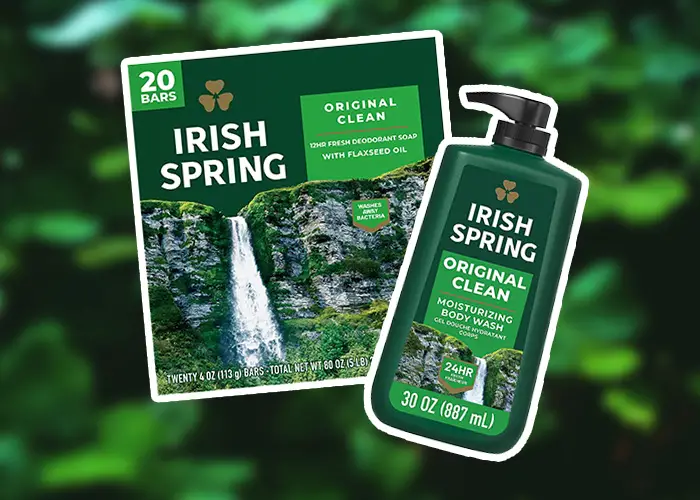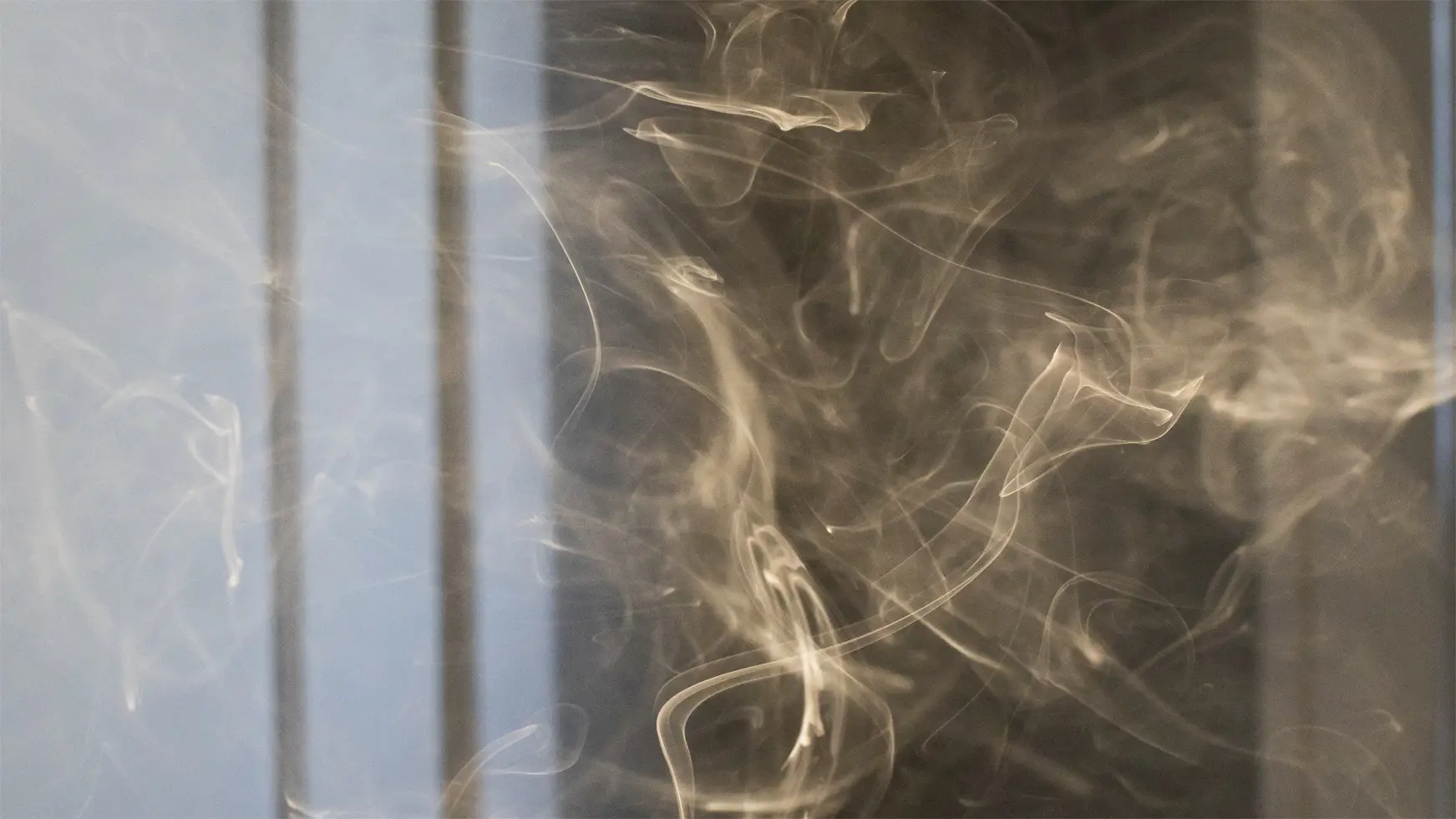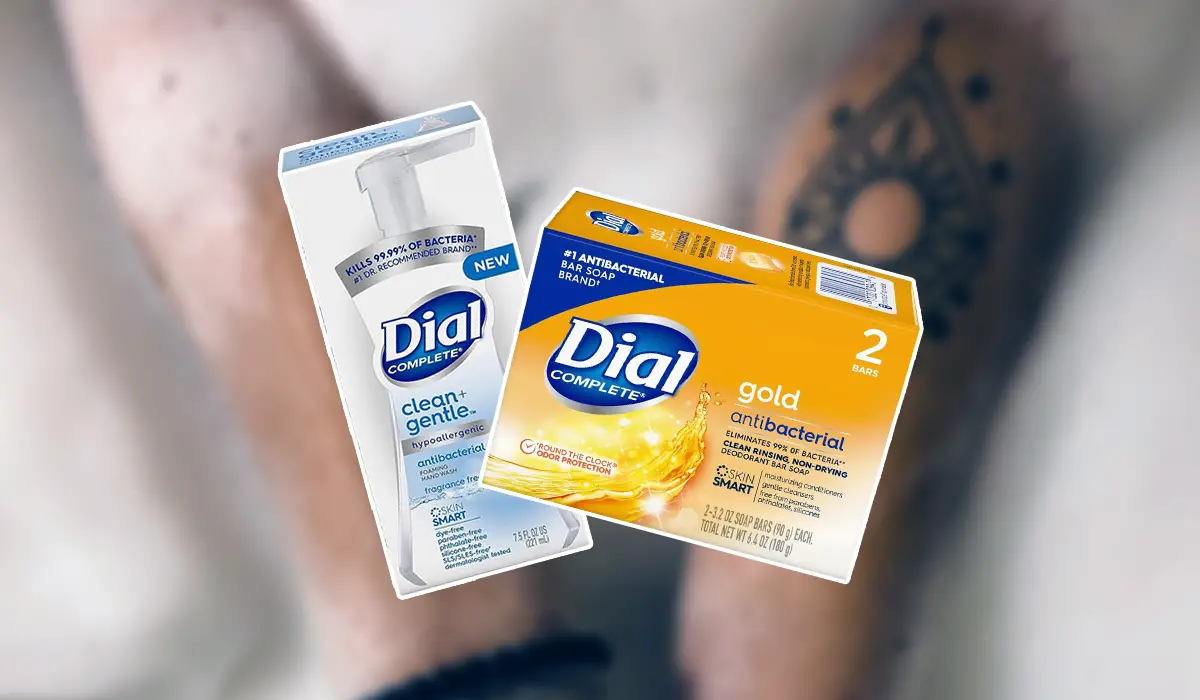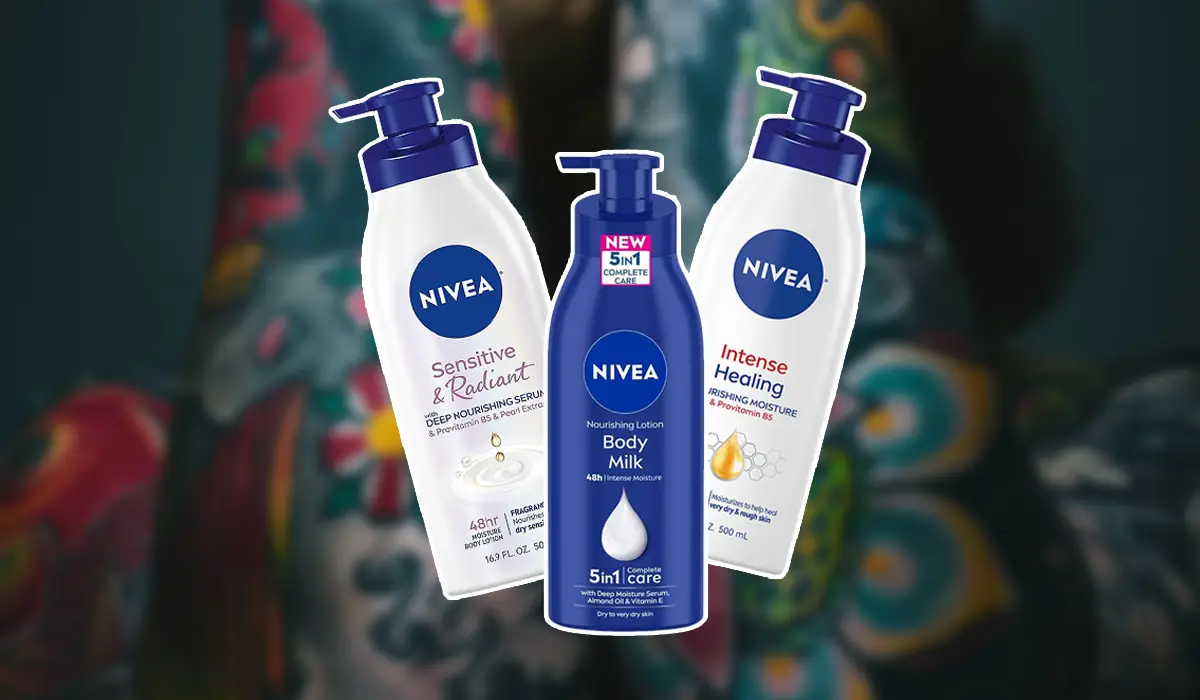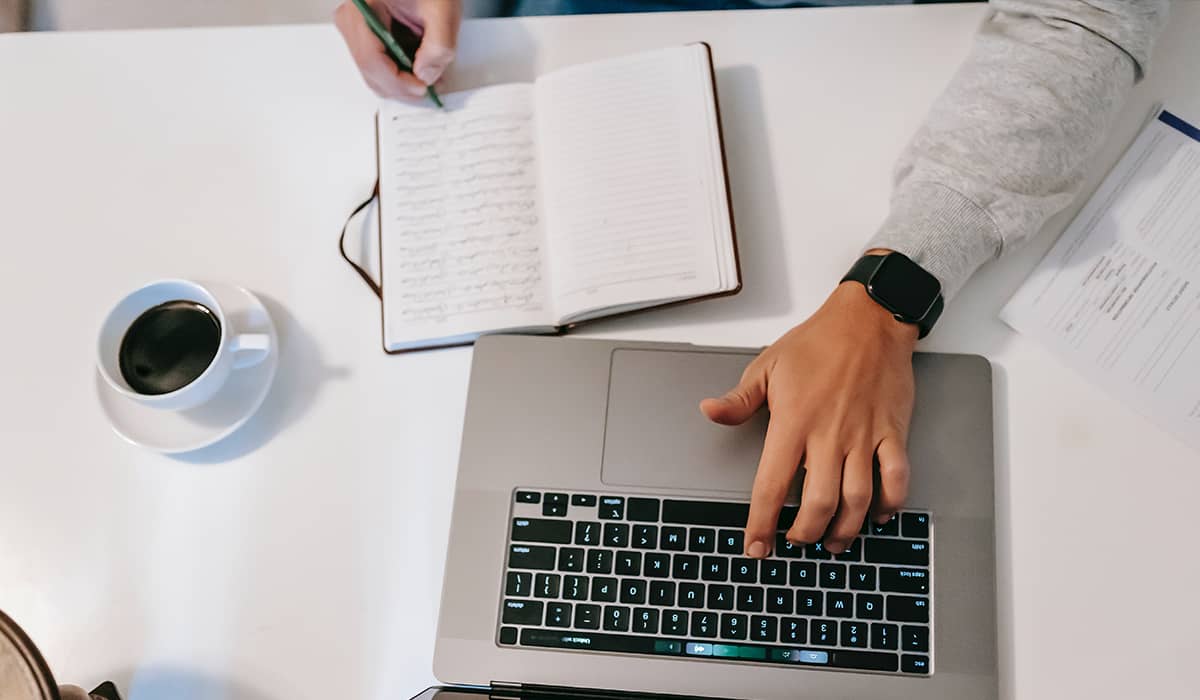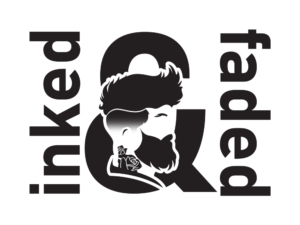One of the first questions you ask yourself when you think about getting a tattoo is “how much will it hurt?”. Well, while it’s still a complicated question, the simple answer is: yes, it will hurt.
In short, you should go into it expecting some degree of tattoo pain. Going in with an expectation means you’re prepared, and considering the process of getting a tattoo (which we’ll look into shortly), everyone experiences some sort of pain.
In this article, we’re going to discuss why tattoos hurt and which body parts hurt more than others when getting tattooed.
ADVERTISEMENT
ARTICLE CONTINUES BELOW
Why Getting a Tattoo Hurts
The process of getting a tattoo involves a sharp needle covered in pigment repeatedly piercing your skin. I know, that might sound a bit intimidating.
Tattoo ink sits in the dermis layer of your skin, just under the top layer, known as the epidermis. It needs to penetrate deep enough to prevent your body from naturally pushing the ink out.
Of course, being rapidly stabbed by a pencil-thin needle doesn’t sound very pleasing. And, to be honest, it’s not. But, this is the pain you need to endure to get the tattoo you’ve been waiting for. You might not even find it that bad.
Pain in Relation to the Placement and Tattoo Pain Comparison
In general, tattoo pain depends on the body part that’s being tattooed.
Areas of your body with more fat, fewer nerve endings, and thicker skin will hurt the least.
On the other hand, areas of your body that have less fat, more nerve endings, and thinner skin will hurt more.
If you’re considering getting your first tattoo and are a bit concerned about the pain, think about getting one in an area that’s considered less painful. We’ve included specific pain areas for tattoos.
Below is a list of what body parts and how it generally feels when being tattooed on the tattoo pain chart.
Most Painful Place to Get a Tattoo:
- Rib cage
- Ankles and shins
- Nipples and breasts
- Armpit
- Neck and spine
- Behind the knees
- Elbows or kneecap
- Groin
- Hips
- Head, face, and ears
- Stomach
- Inner bicep
- Hands and fingers
- Feet and toes
- Lips
Least Painful Places to Get a Tattoo:
- Forearm
- Outer bicep
- Calves
- Upper and lower back
- Outer shoulders
- Upper outer thigh
What Does Getting a Tattoo Feel Like?
Everyone feels a different degree of tattoo pain, therefore everyone has a different tattoo pain tolerance. You might also experience different types of pain during the tattoo process.
The pain will be more prominent in the first few minutes of getting your tattoo. After this, your body will adjust.
Your tattoo artist can tell you what to expect based on what you’re getting inked, but most of the time, you will feel a very deep scratching sensation. It will also come down to the type of needle that your artist is using. Different needles are used to achieve different styles.
Tips for Getting Your First Tattoo
Don’t worry, nerves are normal. Here are a few things you can do to make sure you’re absolutely ready for your tattoo appointment.
Tip #1: Wear Loose Clothing
On the day, you want to wear clothing that you’re comfortable in. You don’t want to wear clothing that hugs your frame too much, as it could cause friction against your new ink.
After your tattoo, you may notice some small droplets of ink and blood. Do bear this in mind if you’re wanting to keep your clothing stain-free.
Tip #2: Don’t Drink Alcohol
While it may be tempting to give yourself an alcohol-induced confidence boost, you’ll be doing yourself more harm than good.
Alcohol is a blood thinner, which causes your tattoo to bleed a lot more when you’re getting it done. This can impair the vision of your artist, and thin the ink.
Tip #3: Get Plenty of Rest
Get lots of rest before the big day. This means having a good meal the night before, getting to bed on time, and staying in bed until your body is well-rested. Even if you find yourself too excited to sleep, it’s for your own benefit that you stay under the covers, as your body will still rest just by being in bed.
Tip #4: Eat Plenty
Before you get your tattoo, make sure you’ve had a big meal.
Getting a tattoo pushes your body into overdrive, as it’s trying to heal the careful incisions made by the tattoo gun.
You’re also going to bleed. The last thing you want to do is go in on an empty stomach and black out halfway through the session.
Give your body the substance it needs. It’s going to need it.
Tip #5: Keep It Clean
Following your tattoo appointment, you’ll probably need to leave the clear film over your tattoo for a few more hours, based on what your artist recommends. When it comes time to shower, you should use a scent-free soap on your tattoo to clean it.
Scent-free soaps are recommended because the scent in some soaps contains chemicals that can irritate your tattoo. Therefore, opt for a scent-free alternative that’s made from natural ingredients.
Tip #6: Use Tattoo Pain Relief
ADVERTISEMENT ARTICLE CONTINUES BELOW
Conclusion
At the end of the day, getting a tattoo is going to hurt, whether you like it or not. But, that’s all a part of the process that we know and love.
After it’s done, you’ll be left with a piece that you’re proud to wear for the rest of your life. The pain of getting a tattoo is minimal compared to the value you get out of it.
The tattoo gun uses a sharp needle that rapidly pierces your skin to deposit the ink. In order for the ink to stay, it needs to reach the dermis layer of your skin.
The amount of pain you can expect will depend on a few factors. Your pain tolerance, how much fat you have around the tattooed area, and how skillful the artist is. Getting a tattoo will always hurt, but the amount of pain will vary based on the person and what body part is being tattooed.
To your body, a new tattoo is an open wound. That’s because it is. You may experience discomfort after your tattoo session, including burning and stinging sensations. These will gradually ease as your tattoo heals more.
If you’re wondering how long does tattoo pain last, your tattoo may hurt for up to a week. The pain will gradually decrease over the first few days. Taking painkillers when needed and applying lotion to help with inflammation.





